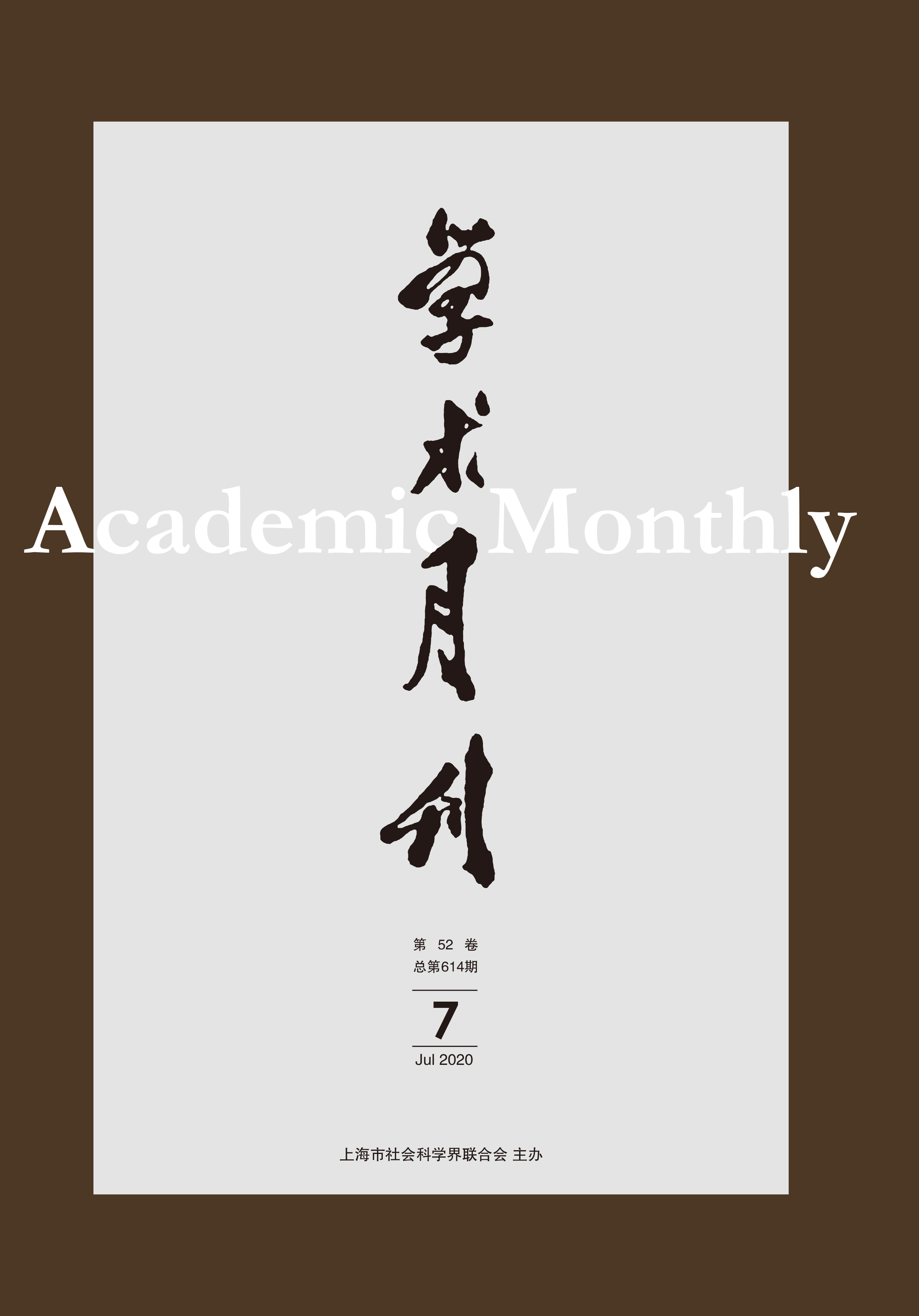The Transoceanic Travelling of the Monroe Doctrine
- Available Online: 2020-07-20
Abstract: In its global travelling from its place of origin, the language of the Monroe Doctrine was generally applied to the “supra-national” regional space and even the global space. Surprisingly, it was widely used in the “sub-national” contexts in modern China, and gave rise to a unique discourse of “provincial Monroe Doctrine”. At the turn of the 19th and the 20th centuries, influenced by the “Asianism” in Japan, Chinese elites in Japan discovered a contagious Chinese sentence structure “X is X for X (ans)”, as an intermediary link for the Monroe Doctrine to be applied to the supra-national, national, and provincial levels, and finally produced an anti-Manchu discourse of “provincial Monroe Doctrine”. In the fragmented political situation after the 1911 Revolution, the language of Monroe Doctrine became the discursive weapon of local power against the central government and other hostile provincial powers, and exerted a certain influence in the federalist movement in the early 1920s. However, with the start of the National Revolution in the 1920s, the Monroe Doctrine has increasingly become a negative vocabulary associated with warlordism and objection to national unification. Going through layers of interpretation and reinterpretation, the symbol Monroe Doctrine finally played a significant role in the state-building and constitutional reform in modern China.



 沪公网安备 31010102003103号
沪公网安备 31010102003103号 DownLoad:
DownLoad: